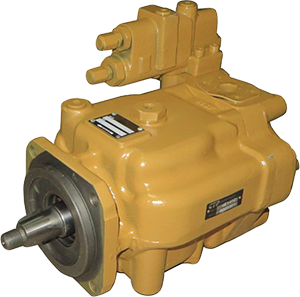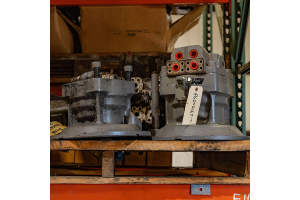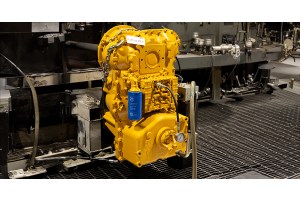
When it comes to hydraulic systems that demand high operating pressures, piston pumps emerge as the go-to choice. With their exceptional capacity to withstand substantial pressures, these pumps have earned a reputation for reliability and performance. However, it's essential to navigate the intricacies of piston pumps, including their higher initial cost, lower resistance to contamination, and increased complexity. Let's dive into the world of piston pumps, uncovering their inner workings, applications, and unique features.
Power in Complexity
One of the distinguishing features of piston pumps lies in their ability to handle higher pressures compared to gear pumps with similar displacements. This capability comes with a trade-off, as piston pumps do entail a higher upfront investment and exhibit lower resistance to contamination. Nevertheless, their superior performance justifies the additional complexity involved.
Designers and service technicians must possess an in-depth understanding of piston pumps to ensure optimal operation. These pumps consist of intricate moving parts, necessitating stricter filtration requirements and closer tolerances. However, once properly harnessed, piston pumps offer unparalleled power and efficiency.
Versatility in Applications
Piston pumps find extensive use in applications that require uncompromising performance. Heavy equipment, in particular, rely on the high-pressure capabilities of piston pumps to accomplish demanding lifting tasks. The ability to vary system flow without affecting engine speed is another advantage that makes piston pumps suitable for various applications, including snow and ice control.
Inner Workings Unveiled
At the core of a piston pump lies a cylinder block housing a series of pistons. These pistons move in and out, creating a pumping action that draws oil from the supply port and propels it through the outlet. The stroke length of each piston is determined by the angle of the swash plate against which its slipper end rides.
While the swash plate remains stationary, the cylinder block, containing the pistons, rotates with the pump's input shaft. The displacement of the pump, i.e., the volume of oil it can deliver per revolution, is determined by the total volume of the cylinders within the cylinder block. This critical factor distinguishes piston pumps, as both fixed and variable displacement designs are available to meet specific application requirements.
Unleashing Power with Precision
Piston pumps unlock a world of possibilities in hydraulic systems, delivering exceptional performance and precision. Despite their higher initial cost and vulnerability to contamination, their ability to handle high pressures sets them apart. By understanding the complexities involved and adhering to stringent maintenance practices, designers and technicians can ensure the seamless operation of piston pumps in various demanding applications.
Need a piston pump, or any other hydraulic pump or component? Click below to get a quote today!









